Teagasc have concluded their field study which investigated both the environmental and agronomic impact of a GM potato variety genetically engineered to resist late blight disease, caused by phytophthora infestans.
Teagasc research indicates that combining a cisgenic blight resistant potato with advanced integrated management systems can reduce the environmental impact of potato production by over 95%.
As part of the EU funded ‘AMIGA’ project, and in collaboration with Wageningen University, Teagasc looked at issues such as the efficacy of disease control and the resulting environmental impact during cultivation of a susceptible potato variety and two different resistant potato varieties.
The research, conducted in both The Netherlands and Ireland, has concluded that integrated production strategies that include varieties with enhanced genetic resistance against late blight disease can reduce the average fungicide input by 80-90%, without compromising control efficacy or yield.
This can provide more durable control options for farmers while significantly reducing the crop’s environmental footprint.
Field evaluations
After undergoing independent peer-review, the findings from three years of field evaluations have been published in the scientific journals European Journal of Agronomy and BMC Ecology.
The international team developed an IPM2.0 approach, which includes late blight resistant varieties and builds on the preventive principles of integrated pest management. IPM2.0 could permit growers to strongly reduce the necessary input of chemical control agents.
It also ensures a yield equivalent to current levels, protects the limited natural germplasm used to create the resistant varieties and significantly reduces the environmental impact of potato cultivation as a whole.
The IPM2.0 approach adds three extra components to the current control strategy for potato late blight: the use of resistant varieties, active monitoring of the late blight pathogen and a ‘do not spray unless’ strategy, which dictates that a grower only needs to apply fungicides when a resistant variety is at risk of infection due to pathogen adaptation. This strategy ensures potato crops are protected at all times while minimising the risk that resistance genes lose their efficacy.
Additional environmental investigations examined populations of soil nematodes, which play a key role in soil processes with alterations in the nematode community structure having the potential to considerably influence ecosystem functioning. In effect, fluctuations in nematode diversity and/or community structure can be gauged as a barometer of a soil’s functional biodiversity.
In parallel to the active research programme, project staff completed over 95 Knowledge Transfer events across the country in support of the public discussion on the challenges facing future potato production and the costs/benefits of potential solutions.
Read more
Massive planting progress, but pockets of problems
80% of potatoes yet to be planted
Teagasc have concluded their field study which investigated both the environmental and agronomic impact of a GM potato variety genetically engineered to resist late blight disease, caused by phytophthora infestans.
Teagasc research indicates that combining a cisgenic blight resistant potato with advanced integrated management systems can reduce the environmental impact of potato production by over 95%.
As part of the EU funded ‘AMIGA’ project, and in collaboration with Wageningen University, Teagasc looked at issues such as the efficacy of disease control and the resulting environmental impact during cultivation of a susceptible potato variety and two different resistant potato varieties.
The research, conducted in both The Netherlands and Ireland, has concluded that integrated production strategies that include varieties with enhanced genetic resistance against late blight disease can reduce the average fungicide input by 80-90%, without compromising control efficacy or yield.
This can provide more durable control options for farmers while significantly reducing the crop’s environmental footprint.
Field evaluations
After undergoing independent peer-review, the findings from three years of field evaluations have been published in the scientific journals European Journal of Agronomy and BMC Ecology.
The international team developed an IPM2.0 approach, which includes late blight resistant varieties and builds on the preventive principles of integrated pest management. IPM2.0 could permit growers to strongly reduce the necessary input of chemical control agents.
It also ensures a yield equivalent to current levels, protects the limited natural germplasm used to create the resistant varieties and significantly reduces the environmental impact of potato cultivation as a whole.
The IPM2.0 approach adds three extra components to the current control strategy for potato late blight: the use of resistant varieties, active monitoring of the late blight pathogen and a ‘do not spray unless’ strategy, which dictates that a grower only needs to apply fungicides when a resistant variety is at risk of infection due to pathogen adaptation. This strategy ensures potato crops are protected at all times while minimising the risk that resistance genes lose their efficacy.
Additional environmental investigations examined populations of soil nematodes, which play a key role in soil processes with alterations in the nematode community structure having the potential to considerably influence ecosystem functioning. In effect, fluctuations in nematode diversity and/or community structure can be gauged as a barometer of a soil’s functional biodiversity.
In parallel to the active research programme, project staff completed over 95 Knowledge Transfer events across the country in support of the public discussion on the challenges facing future potato production and the costs/benefits of potential solutions.
Read more
Massive planting progress, but pockets of problems
80% of potatoes yet to be planted




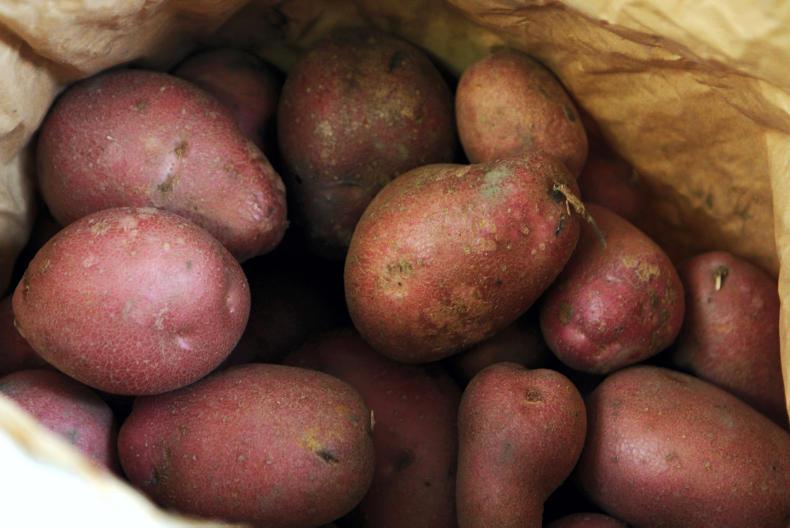
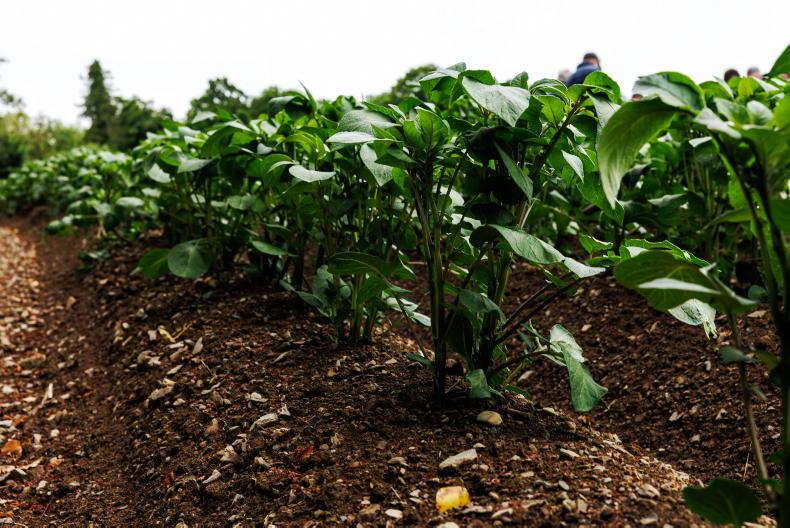
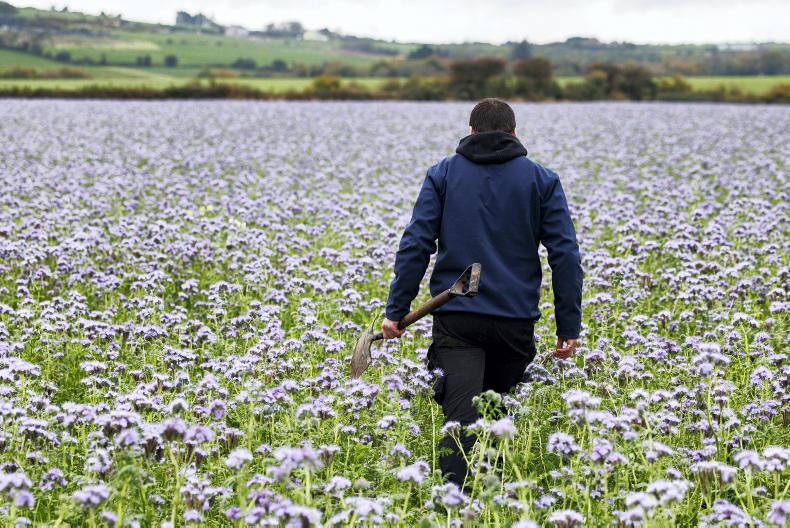
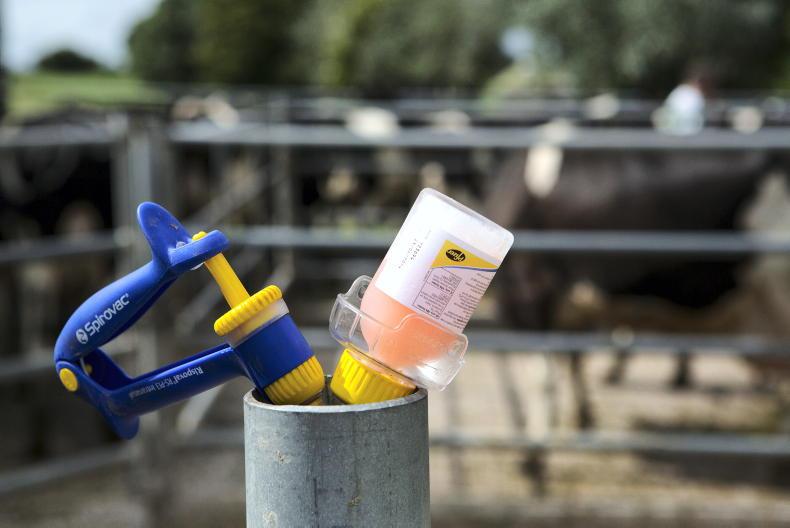
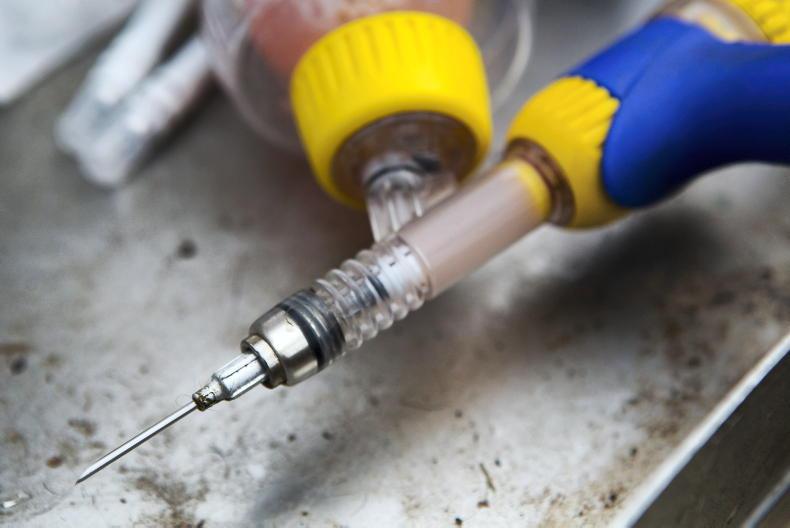
SHARING OPTIONS